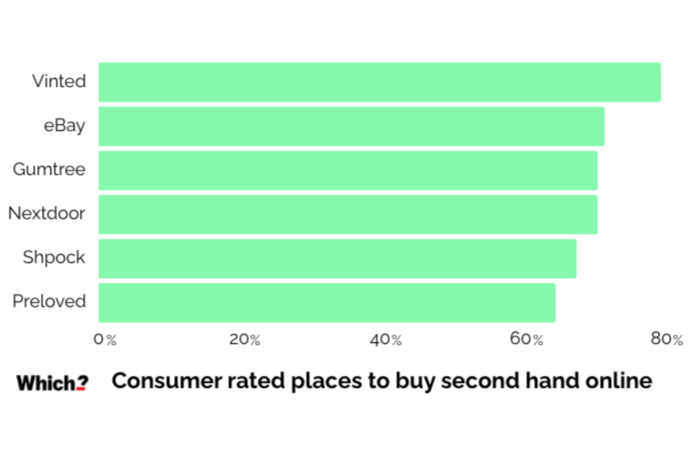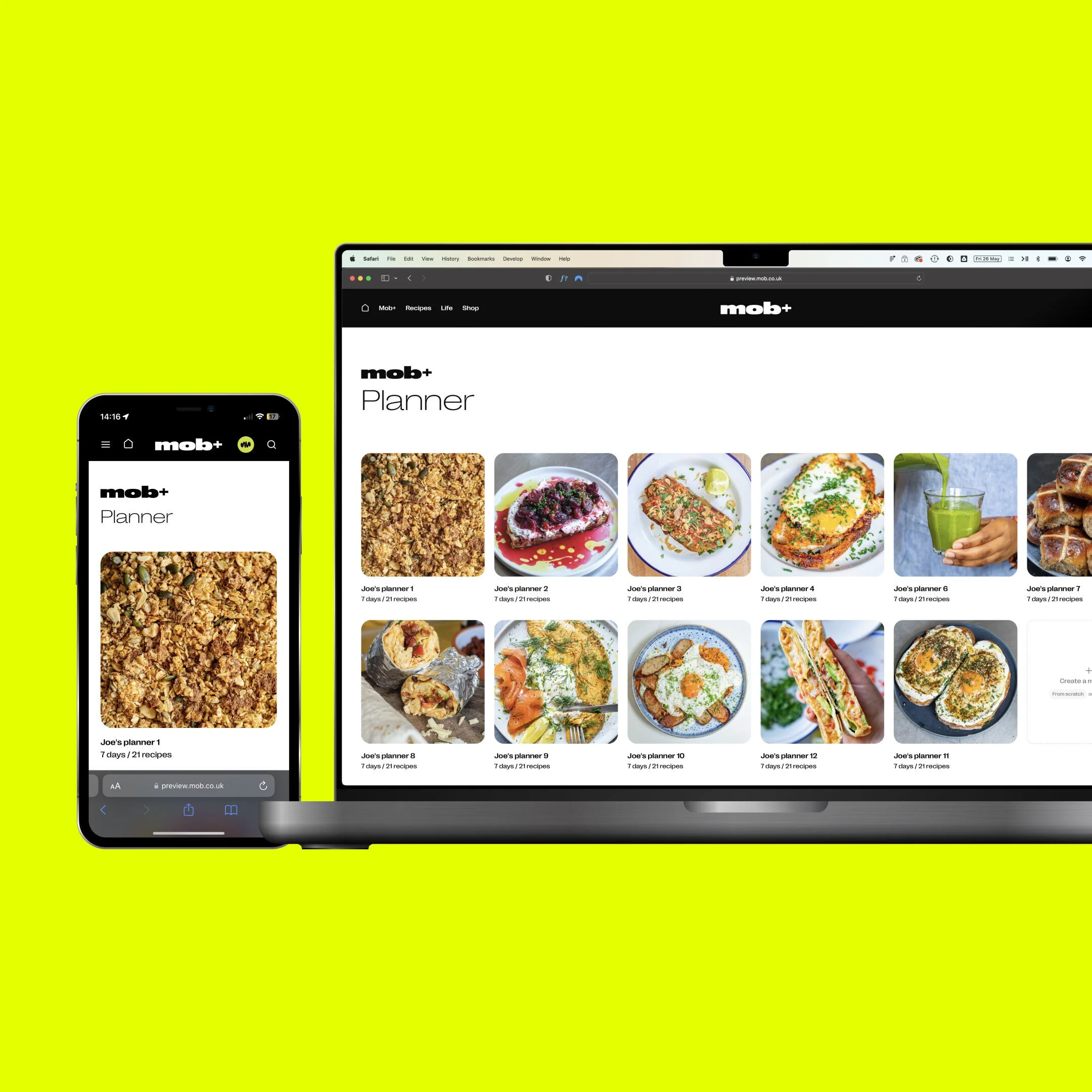Embracing the AUTUMN Reset: Changing CONSUMER Habits in a New Season.
September often sparks a familiar sense of renewal. Just as January brings a wave of resolutions, autumn has increasingly become a season of reset for many UK consumers. With the return to routine after holidays, the new school year, and the approach of winter, shoppers are rethinking how they spend, what they buy, and the values driving their choices.
This year, that seasonal shift is even more pronounced. Amid ongoing economic uncertainty, rising costs of living, UK consumers are using the autumn reset as a chance to reassess their priorities. From tightening budgets to embracing wellness, the autumn months are shaping a new landscape of consumer behaviour.
Rebalancing Budgets in a Cost-Conscious Climate
The most significant driver behind changing habits remains financial pressure. Around 6 in 10 adults reported that their cost of living has increased from energy bills, food prices, and higher mortgage or rental costs. With discretionary income under strain, autumn is prompting many to take stock of their spending.
September often marks a shift back to structured routines, and with it comes a reassessment of monthly outgoings. Families in particular are reviewing subscriptions, cutting back on non-essential purchases, and turning towards value-focused retailers. The UK grocery retail sector is undergoing a seismic shift, with discounters Aldi and Lidl now commanding a combined 19.2% market share. At the same time, price comparison apps such as Trolly.co.uk and loyalty schemes are playing a bigger role in consumer choices, helping households stretch every pound further.
But cost-consciousness doesn’t always mean trading down. Consumers are showing a “value recalibration” – looking for products that offer durability, functionality, and longer-term benefit, even if that means paying a little more upfront. This mindset is influencing categories from fashion to technology, where quality and longevity are taking precedence over impulse-driven upgrades. It’s no surprise that M&S profits are up 22%, where quality over quantity has also been a key focus for the heritage brand.
A Renewed Focus on Wellness
Alongside financial considerations, wellness is at the heart of the autumn reset. The post-summer period traditionally sees a surge in gym sign-ups, new fitness routines, and health-focused purchases as people seek to balance indulgent holidays with healthier habits. This year, the trend is being reinforced by a broader cultural shift towards self-care.
UK consumers are investing in wellness across multiple dimensions: nutrition, exercise, mental health, and even digital wellbeing. Supermarkets are reporting stronger demand for seasonal produce, plant-based foods, and products with clear health credentials. Natural flavour-focused brand Rude Health’s profits doubled over the past year, signalling consumer demands for clean ingredients. Meanwhile, wellness apps, mindfulness platforms, and guided online workouts are becoming staples in the daily routine.
The wellness focus also extends to the home environment. Autumn’s colder, darker months see consumers looking for ways to create calm, cosy, and restorative spaces. Sales of homeware are on the rise, reflecting the need to rejuvenate the home for the colder months.
Sustainability Moves Mainstream
Another defining feature of the autumn reset is the continued shift towards sustainable consumption. What was once a niche concern has now become mainstream, with UK consumers increasingly aligning their seasonal habits with environmental awareness.
The move into autumn prompts practical changes, from reducing energy use as heating costs rise to rethinking wardrobe choices with a focus on slow fashion. Pre-loved and resale platforms such as Vinted, Depop, and eBay are thriving as shoppers seek affordable yet sustainable alternatives to fast fashion. Repair and reuse initiatives are also gaining traction, with many consumers turning to local services or DIY solutions to extend the life of clothing, electronics, and household goods.
Food waste reduction is another priority. Meal planning, batch cooking, and utilising freezer storage are becoming ingrained habits, particularly as households look to save money while reducing their environmental footprint. Food preparation apps like Mob are on the rise, with the sector as a whole expected to grow at a phenomenal CAGR of 13.2%. Brands that can help consumers live more sustainably – whether through packaging innovation, recycling schemes, or transparency in sourcing – are increasingly earning loyalty.
Digital Habits: Balancing Online and Offline
Autumn also brings a recalibration of digital habits. After a summer of social media scrolls and holiday snaps, many consumers are seeking a healthier balance with technology. Parents in particular are reassessing screen time for children as the school year begins, while adults are exploring ways to curb digital fatigue.
This shift doesn’t mean abandoning online shopping or entertainment – e-commerce remains deeply embedded in UK consumer culture. However, there is a greater emphasis on intentional use. Shoppers are more likely to research before buying, read reviews, and consider long-term value rather than making spontaneous purchases. Households are trimming back on streaming services or opting for ad-supported tiers to reduce costs. Recently, the value of Sky has been written down by almost a quarter in favour of cheaper alternatives such as Netflix.
The Seasonal Retail Outlook
For retailers, the autumn reset represents both challenges and opportunities. On one hand, caution in consumer spending means competition for share of wallet is intense. On the other, this period of re-evaluation gives brands a chance to build trust by aligning with consumer priorities: value, wellness, and sustainability.
Marketing strategies are reflecting this shift. Campaigns are less focused on indulgence and more on reassurance, practicality, and long-term benefit. Retailers are highlighting seasonal staples, promoting multi-use products, and leaning into themes of comfort, resilience, and preparedness for winter. Those who can communicate empathy and authenticity are likely to resonate most strongly with cautious yet values-driven consumers.
Conclusion: Autumn as the New January
The notion of the “autumn reset” is no longer just a lifestyle trend – it is becoming an embedded part of UK consumer behaviour. As households adapt to economic pressures, pursue wellness, and embrace sustainability, the back-to-school season now doubles as a time to reframe priorities and establish new habits.
For consumers, it offers a chance to regain control and clarity in uncertain times. For businesses, it signals the need to adapt to a marketplace shaped by practicality, purpose, and balance. Just as January resolutions shape the year ahead, autumn resets are increasingly defining how UK consumers will spend, save, and live in the months to come.




